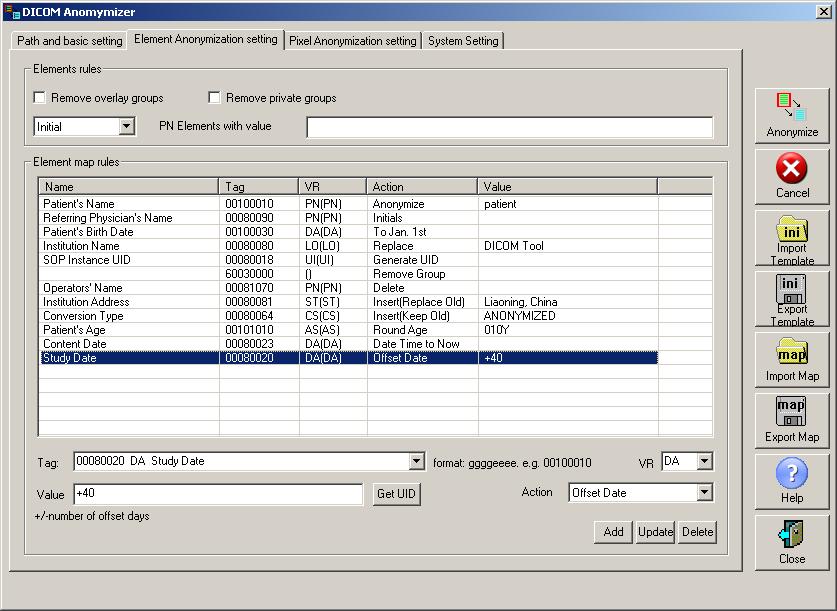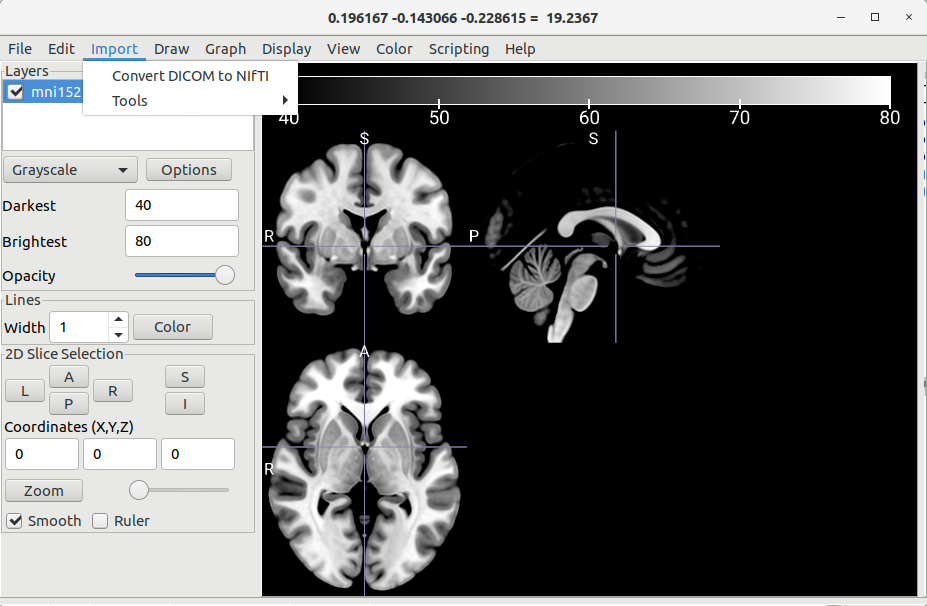
For instance, any application that reads a DICOMDIR file plays the role of a "File Set Reader". The primary roles involved during storage media-related operations are File Set Creator (FSC), File Set Reader (FSR) and File Set Updater (FSU). Just like roles such as "Service Class User (SCU)" and "Service Class Provider (SCP)" which the actors play during composite and normalized DICOM operations, applications play various roles during media storage operations as well. Unlike the commands involved during composite and normalized operations, association negotiation to negotiate transfer syntaxes, etc is not feasible, and the roles played by the various actors are therefore predefined. These operations at their core handle data essentially as serialized files. In addition to both composite and normalized DICOM operations which deal with aspects such as sending, receiving and printing of DICOM images, there is another category of operations called "storage media operations" which deal with reading or encoding content from and to storage media. If you recall my earlier tutorial on DICOM association/negotiations, I mentioned that DICOM applications take on different roles when performing any DICOM-related operations.

This tutorial also assumes that you know the basics of C# or any equivalent object-oriented language such as Java or C++.

NET and C# - Making Sense of the DICOM File” to understand the structure of a DICOM file. You may also want to look at my other tutorial titled “DICOM Basics using. If you are totally new to DICOM, please have a quick look at my earlier article titled “Introduction to the DICOM Standard” for a quick introduction to the standard. This is part of my series of articles on the DICOM standard.

In this short tutorial, we will look at how to create DICOM directories and also cover some additional theory to solidify our understanding of this area. In that article, we also explored how to read and display information contained in these special files using a. This is a continuation of my previous tutorial in which we looked at what a DICOMDIR file is, and also reviewed the role these special files play in the overall media management aspects related to DICOM processing.


 0 kommentar(er)
0 kommentar(er)
